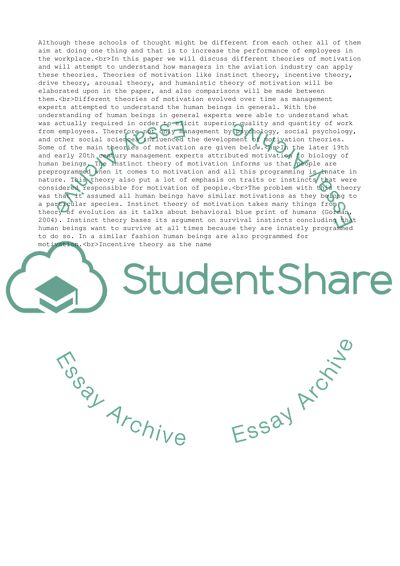Cite this document
(Motivation in Aviation Organizations Research Paper, n.d.)
Motivation in Aviation Organizations Research Paper. https://studentshare.org/human-resources/1765956-motivation-in-aviation-organizations
Motivation in Aviation Organizations Research Paper. https://studentshare.org/human-resources/1765956-motivation-in-aviation-organizations
(Motivation in Aviation Organizations Research Paper)
Motivation in Aviation Organizations Research Paper. https://studentshare.org/human-resources/1765956-motivation-in-aviation-organizations.
Motivation in Aviation Organizations Research Paper. https://studentshare.org/human-resources/1765956-motivation-in-aviation-organizations.
“Motivation in Aviation Organizations Research Paper”. https://studentshare.org/human-resources/1765956-motivation-in-aviation-organizations.


